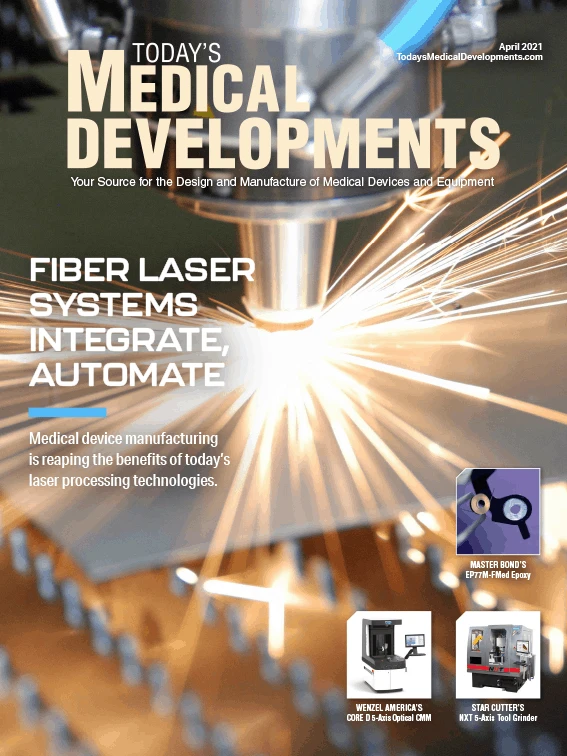
emodic@gie.net
The Manufacturing Institute’s Center for Manufacturing Research, together with national CPA and advisory firm BKD, launched a series of manufacturing surveys to those with fewer than 500 employees. Leading off the series of surveys was “The New Normal and Post-Pandemic Workforce Challenges,” which asked respondents to detail the impact the COVID-19 pandemic has had on their operations. (https://tinyurl.com/ypmac4st)
At the start of the pandemic, manufacturing production decreased 20% but by December 2020, output was down only 2.6%. Various major sub-sectors were near pre-pandemic production levels. In February 2020, it was a tight labor market – unemployment rates were at a 50-year low (3.5%), and 12.9 million were employed in the manufacturing sector. As the pandemic accelerated, unemployment skyrocketed to 14.8% by April 2020 and employment in manufacturing fell by 1.4 million workers. By January 2021, unemployment had fallen significantly, dropping to 6.3%, and manufacturing regained nearly 55% of those jobs.
However, the survey authors note an interesting paradox in today’s economy as unemployment spiked and then dropped, manufacturers report significant difficulty in hiring the right talent. With roughly 18 million Americans receiving some form of unemployment, and unemployment close to double what it was in February 2020, it should indicate a large pool of potential workers, but it hasn’t. Informal online polling of our readers showed the same issue with significant numbers of manufacturers listing the pre-pandemic challenge of hiring or retaining employees as a leading challenge now.
Workforce challenges led the Center for Manufacturing Research’s survey results, with respondents citing they have trouble attracting and retaining enough employees. More than 77% of the small- and medium-sized firms surveyed expect continued struggles finding talent for a range of positions. Regarding which skill clusters would be the most difficult to fill this year and, in the future, respondents cited:
- 76.8% - Manufacturing & production
- 42.3% - Maintenance, repair, installation
- 39.4% - Engineering
- 37.6% - Industry knowledge
- 30.8% - Soft skills
- 19.7% - Sales
Inability to hire, retain talent has led to companies turning away work and losing revenue – noted by 25.8% of respondents in a March 2020 NAM Manufacturers’ Outlook Survey – so companies are having to take different approaches. In the short-term struggle to find workers, 63% of those surveyed said current employees are taking on more work to fill the gap. Additional approaches include 47.5% creating or expanding internal training programs; 41.9% using temporary staffing services; 39.1% collaborating with educational institutions on skills certification programs; and 32.8% encouraging those ready to retire to stay in their roles – hoping to maintain that tribal knowledge while developing the next-generation of manufacturing workers. This ties directly into company responses about growth strategies, with 43% citing worker training, upskilling, and professional development as a primary driver of their business’s growth.
With recruiting and developing the right talent through internal programs and external collaborations being the approach to fill vacant jobs in manufacturing, what is your company doing to find sufficient talent in this “new normal?”

Explore the April 2021 Issue
Check out more from this issue and find your next story to read.
Latest from Today's Medical Developments
- Arcline to sell Medical Manufacturing Technologies to Perimeter Solutions
- Decline in German machine tool orders bottoming out
- Analysis, trends, and forecasts for the future of additive manufacturing
- BlueForge Alliance Webinar Series Part III: Integrate Nationally, Catalyze Locally
- Robot orders accelerate in Q3
- Pro Shrink TubeChiller makes shrink-fit tool holding safer, easier
- Revolutionizing biocompatibility: The role of amnion in next-generation medical devices
- #56 Lunch + Learn Podcast with Techman Robot + AMET Inc.





